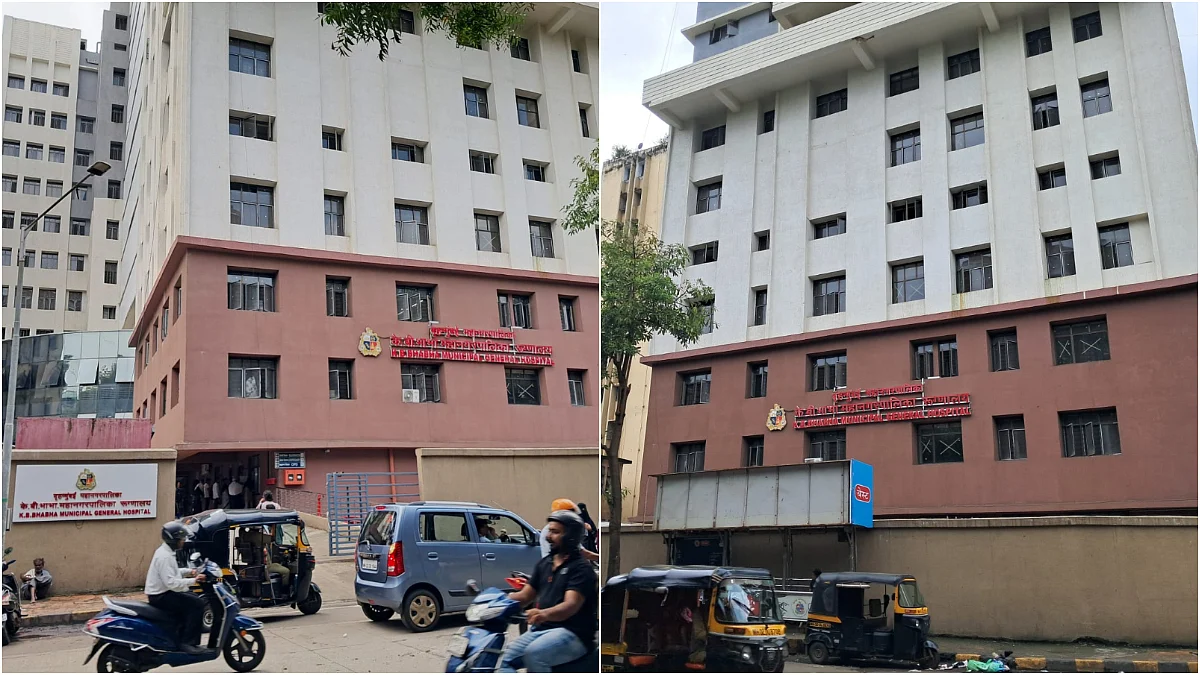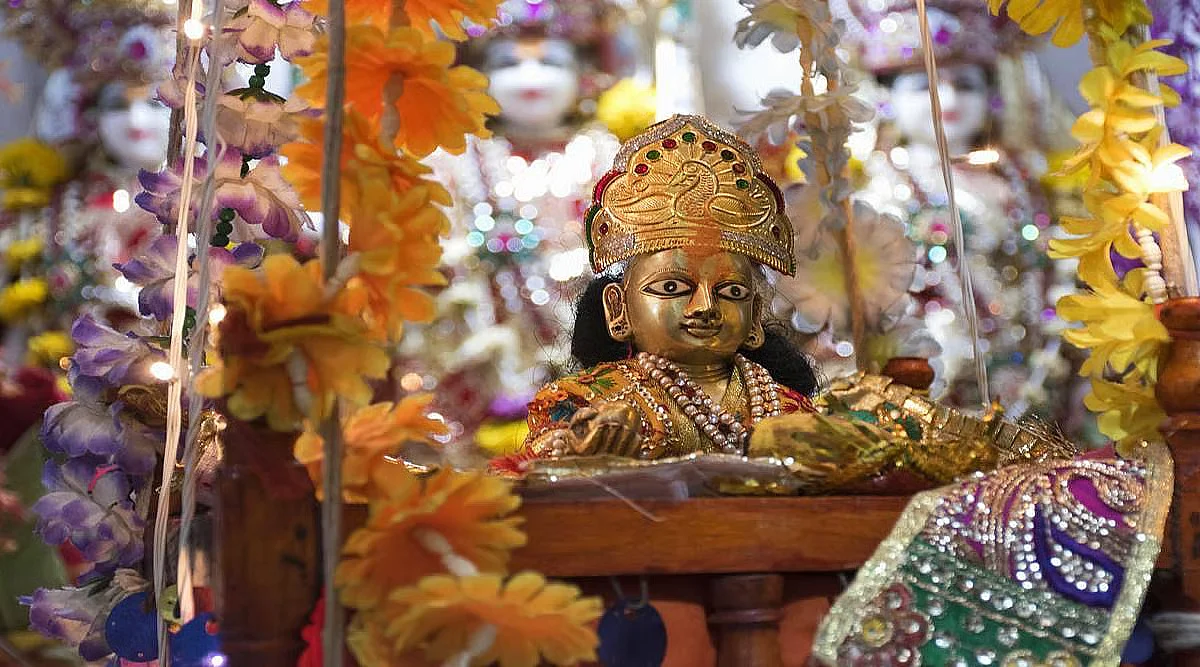The appearance of the Lord Krishna is the marker of all auspiciousness, good fortune, and optimistic hope. However, the circumstances in which the Supreme Personality of Godhead appeared were eclipsed by the darkness of unwarranted atrocities. Such contrasting effect, hints at the reality of the world and the magnanimity of the Lord.
Identifying the principle behind the Lord Krishna's appearance put things into perspective. The Lord states in Bhagwad Gita 4.9: One who learns the principle behind his appearance and activities, upon leaving the body, attains to the eternal abode of the Lord. The principle drives the purpose behind the Lord's appearance and by extension, the wisdom that emanates from the Lord. The primary purpose of the Lord’s arrival is to establish Dharma, safeguard the upholders of Dharma, and neutralize the miscreants (BG 4.8). Dharma essentially purports the eternal nature of every living entity aligned in the spirit of truth that is enshrined in the Vedic scriptures. In short, it is the will to voluntarily follow the principles of wisdom, in the consciousness of the Divine.
Whenever there is an intrusion on the principles of Dharma: the intruders plainly ignored the voice of the conscience. The unfortunate tension between the global superpower represents the will to extend dominance, upending the principle of dharma and disrupting global peace. The character of Kamsa, a power-hunger despotic; is predicated on similar motifs. In a bid to maintain his dominance, he persecuted citizens, waged offensive wars, disrupted societies, and attempted to exterminate his family members.
The lesson of atrocity from history: post the marriage ceremony of Vasudeva & Devaki: Kamsa was leading the procession. On the way towards Vasudeva’s home—a celestial omen warned Kamsa that the 8th son of Devaki would slay him. Put simply, the Lord would appear to relieve society from the atrocities perpetrated by Kamsa and re-establish Dharma. A terrified Kamsa instantly unsheathed his sword to execute Devaki. Vasudeva tactfully averted such a disaster. However, Kamsa imprisons both the couple and go’s on to kill all his six-new-born nephew’s in cold blood. Such an atrocious act resembles the level of human degradation that could unfold resulting from the will for dominance represented through the Kamsa mindset.
To re-establish order in society, the gods of heaven prayed for the advent of the Lord Krishna. The Lord’s descent as the eighth child represents the manifestation of Dharma. Similarly, as society gets purified from the six vices represented through lust, anger, greed, envy, illusion, and pride—Dharma manifests. The appearance of the Lord resulted in mitigation of the pain for gentle mother Devaki and revered father Vasudeva. Subsequently, the Lord relieved the society from the miscreant Kamsa by neutralizing him and establishing dharma.
Therefore, the Will to dominate engenders physical, emotional, and spiritual unrest in society. On the other hand, Dharma extends to manifest the Will of the Divine. Consciousness anchored in the principles of Dharma leads to the manifestation of conscious individuals and, by extension, a conscious society unshackled by the Will to dominate.
The tenets of dharma have the redemptive power to orient the society approximating the absolute upholder of dharma, the Supreme Lord at the center. Moreover, recognizing the sovereignty of every individual is organically instantiated, as every living being is intrinsically viewed as part and parcel of the Divine (BG 15.7).
On this day of Janmashtami, let us resolve to immerse our consciousness in devotion towards the Supreme Lord -the Upholder of Dharma. Thus, channelizing the Will to dominance; through the Will to align with Dharma, leading towards the holistic awakening of divine consciousness.
(The author is the Spiritual Guru of International Society for Krishna Consciousness)










